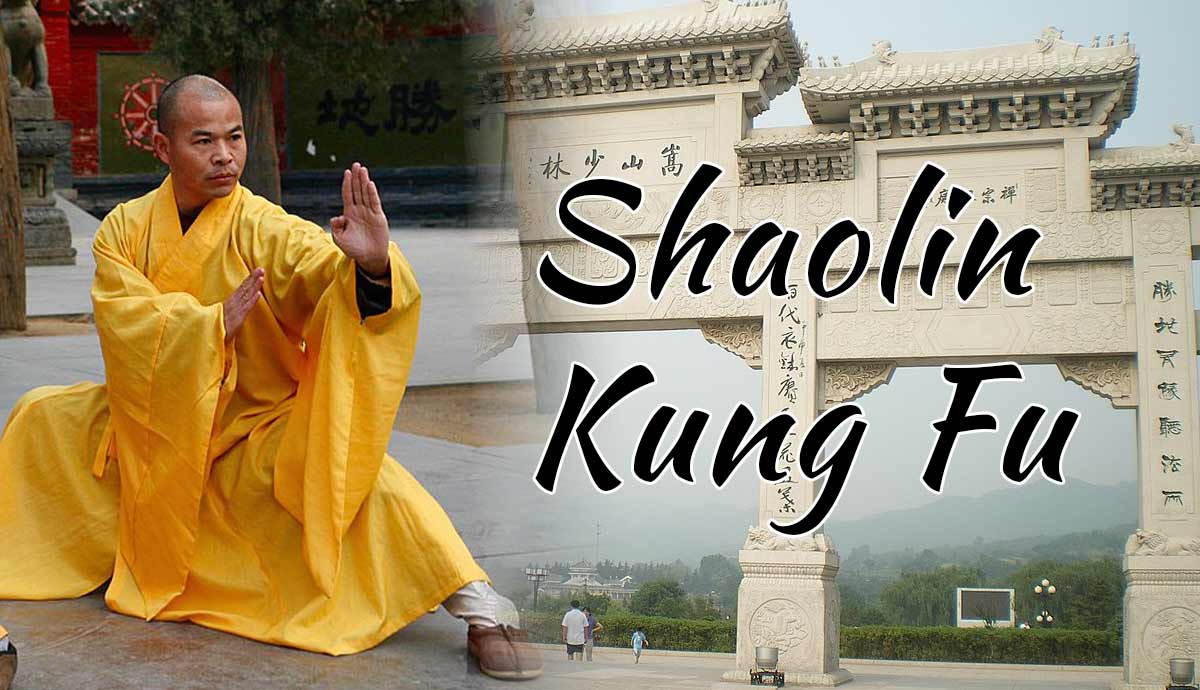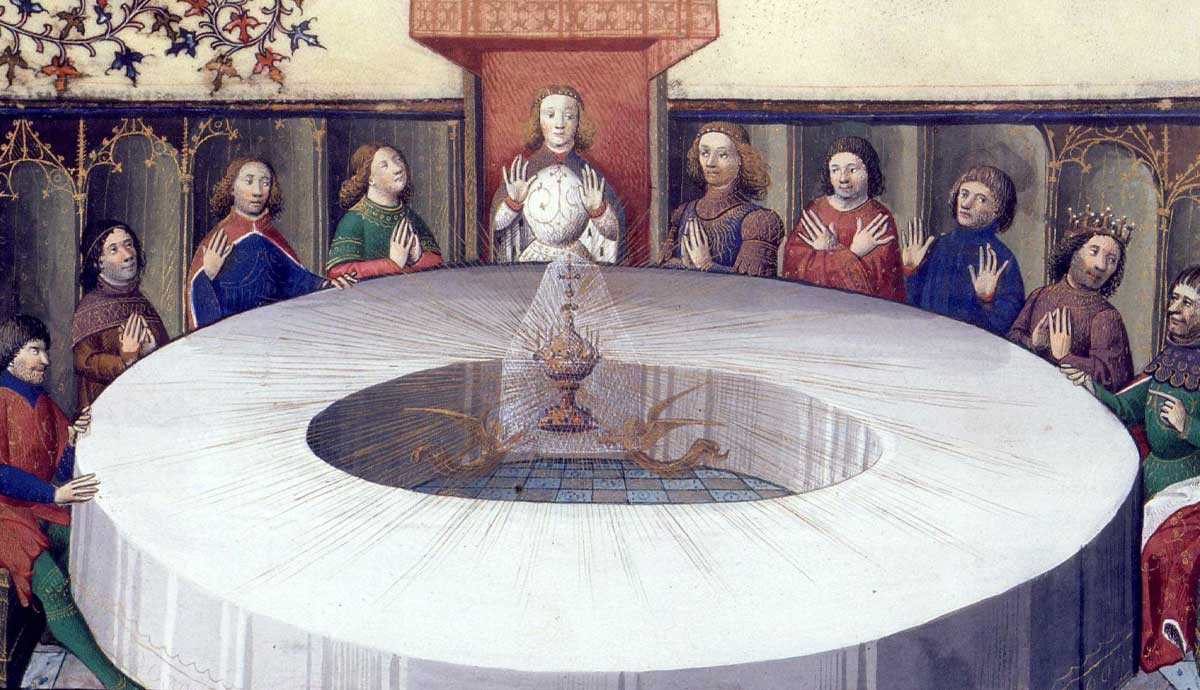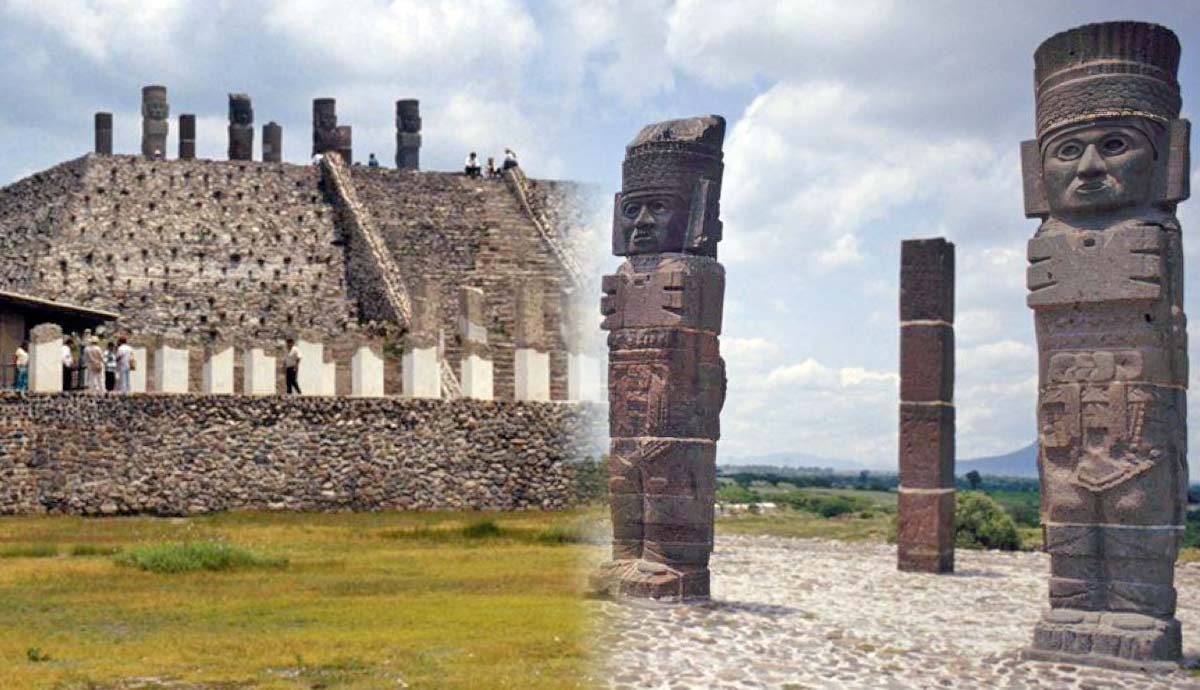
Shaolin kung fu, or Shaolinquan is one of the oldest extant styles of martial arts and one of the most influential. It has existed since the 6th century CE as a means of self-defense and exercise for Buddhist monks. Over time it spread throughout Eastern Asia. Even many modern systems of Chinese martial arts can claim descent from traditional Shaolin and they often use the name as part of their advertisement, for better or for worse. For those curious about this martial art, we’re here to provide a brief history and overview of Shaolin fighting systems.
Origins of Shaolin Kung Fu

The earliest versions of this system of fighting are thought to derive from the teachings of the Indian monk Batuo (originally named Buddhabhadra), the first abbot of the Shaolin monastery, in the 5th century CE. Shaolin kung fu is not the oldest martial art or even the oldest in China (that distinction likely goes to Shuai Jiao), but it is the most widespread.
Monastic life involved long periods of meditation; to counteract the potential negative effects of sitting still for long periods (e.g. blood clots in the legs), martial arts were introduced as a means of exercise and to foster wakefulness during Buddhist meditation. At first, the Shaolin were taught a series of simple forms known as Luohan Shiba Shou, or 18 Arhat Hands.
Although the common story is that the monk Buddhadarma taught the Shaolin the Indian martial art of kalaripayattu, no historical mention was made of him until the Tang Dynasty (618-907 CE), two centuries after the temple was built.
Many Chinese martial arts are characterized by poetically-named techniques and large-flowing movements. So let’s explore some of the most well-known forms.
The Five Animal Styles

The various forms of kung fu inspired by the Shaolin are thought to be derived from the monks watching the movements of animals when expanding on the original 18 Luohan techniques that were created during the Sui Dynasty (581-618 CE). Legend has it that they would mimic the behavior and “spirit” of the movement, exemplifying the desired qualities of a martial artist such as power, balance, or flexibility as expressed in the animals’ movements. This may be the case for most of the forms; one of the five forms is that of the dragon and it is safe to say no monks were mimicking dragons from first-hand experience.
Although different traditions have their own take, the five most commonly accepted animal forms are the Tiger, Crane, Leopard, Snake, and Dragon. Here are their commonly accepted characteristics:
Tiger: Powerful strikes with the hands often through palm strikes or clawed fingers, low and broad stances.
Crane: Precise strikes to soft targets using the fingertips. Focus on evasion using swift, yet balanced movements.
Snake: Sinuous movement, attacking from deceptive angles.
Leopard: Quick aggressive motions that strike from oblique angles, but not overly powerful.
Dragon: Broad sweeping motions powered by solid biomechanics and proper breathing. Incorporates elements from the other styles.
Conditioning of Shaolin Trainees

Practicing any form of martial art requires a degree of physical fitness. A strong core enables a stable posture with proper form and drives the movement of the limbs. Strong muscles and bones allow for explosive movement and can endure the force of attacking or defending from blows performed at full speed. Flexibility and speed allow fluid motion from any position without loss of power. It is said that the ideal feeling of, for example, a punch, is with the fist as a hammer on the end of a whip. For cardiovascular conditioning, vital for prolonged activity, running, jogging, and other exercises—especially up stairs or steep mountain paths—work well.
Some of the most well-known training exercises performed by the Shaolin include the “Iron Palm” which involves striking hard surfaces, “Iron Body,” which involves being struck repeatedly for the purpose of body hardening, and the famed water-bucket carrying exercise for endurance. They also sometimes use weights on their arms and legs—not too much, for fear of damaging ligaments and tendons—as a method of resistance training.
Training of the Shaolin consists of equal parts cardiovascular conditioning, strength, and flexibility training, and martial training to learn the movements. As a part of meditation, the monks practice deep breathing exercises to cultivate qi, or life energy (which is derived from proper oxygenation and healthy eating and sleeping, nothing supernatural or mystical).
Weapons

Not only do Shaolin trainees train to great skill levels in unarmed fighting, but they also attain proficiency in several weapons. The weapon most associated with the traditional Shaolin is the gun, or staff similar to the Japanese bo. The gun is held more like a European quarterstaff, with one hand at the center and the other near the tip. The techniques of this weapon bear close resemblance to battlefield spear techniques. The Buddhist beliefs practiced by the Shaolin prohibited them from killing except out of necessity, so the staff and the pudao, or the monks’ spade, were the preferred weapons when venturing outside the temple and are therefore part of Shaolin training still.
Because the Shaolin knew that they could be targeted by someone wielding anything, they trained to defend themselves against a variety of swords, daggers, and other weapons. Styles that descended from the Shaolin traditions incorporated the teaching of these weapons for use by soldiers or police officers.
Northern and Southern Kung Fu

No fighting style is developed in a vacuum. Tactics and weapons evolve to meet the needs of the prevailing culture as well as the environment. In this vein, Shaolin styles and other Chinese martial arts often fall into two broad geographical categories: Northern and Southern. The division between these two regions is either the Qian mountain range or the Yangtze River.
Northern China has vast open stretches of flat terrain. Martial arts from Northern China focus on broad movements, upright stances, and kicks, practiced in flowing patterns. They also incorporate more weapons-based training as a holdover from ancient military drills with spears.
The original Shaolin Temple, located in Henan Province, influenced the majority of Northern styles.
Southern China, meanwhile, is mountainous. A slip on treacherous terrain could lead to one falling to their death. Therefore, Southern styles focus on stances that are low to the ground for stability and short, close-range movements. The close movements also serve well in tight quarters, such as urban combat or aboard ships, e.g. fighting the Japanese pirates of the 16th century. The Southern Shaolin-influenced styles came from a sister temple in Fukien.
Notable Lineages

Virtually every modern Chinese martial art can in some way trace its lineage back to the Shaolin Temple, to the point that it’s impossible to list them all. We’ll focus on several of the most notable.
Hung Gar: Created during the Ming Dynasty (1368-1644 CE), Hung Gar is a Southern Shaolin style focused on low stances, specifically the horse stance. Its wide footwork facilitates blows driven by the rotation of the torso and kinetic linking from grounded stances. It includes Tiger and Crane techniques in its repertoire of hand movements, as well as the use of the staff and broadswords.
Wing Chun: Wing Chun is another Southern Shaolin style. Unlike Hung Gar, Wing Chun is focused on tight movements with the hands held close to the center of the body. The main characteristic of Wing Chun is its speed. Skilled practitioners can throw lightning-fast punches to vulnerable points and simultaneously defend themselves. Wing Chun is one of the styles that Bruce Lee incorporated into Jeet Kune Do.
Long Fist: Also called changquan, this fighting style of the Northern Shaolin excels in leaping, acrobatic kicking techniques, and broad movements that involve more rotation. It also has an extensive weapons curriculum that teaches the gun, the qiang (spear), dao, and jian (straight sword), as well as over a dozen others. The extensive variety of movements and their acrobatic nature make it well-suited for exhibitions.
Xingyiquan: This Northern Shaolin-derived style bears the closest resemblance to military drills. Its movements are sharp and linear as if fighting from within a tight formation. Staff and spear movements feature heavily in Xingyiquan. The motions occur at short ranges and are single-time — that is to say, attack and defense occur in the same instant.
Modern Shaolin Kung Fu

The Shaolin Temple still stands after having been destroyed and rebuilt several times over its history. It is an immensely popular tourist destination in China, with visitors from all over the world coming to observe the monks — or even to live and train with them. Of course, to be allowed to do this requires that one speak fluent Chinese: there are few if any willing translators at the temple. Those wishing to join the temple can apply on their website, filling in all medical information, food requirements, and personal, passport, and visa information.
Shaolin kung fu is practiced all over the world, so anyone wishing to learn need not necessarily go to China. Monks, upon gaining a recognized degree of skill, are allowed to start their own schools.











